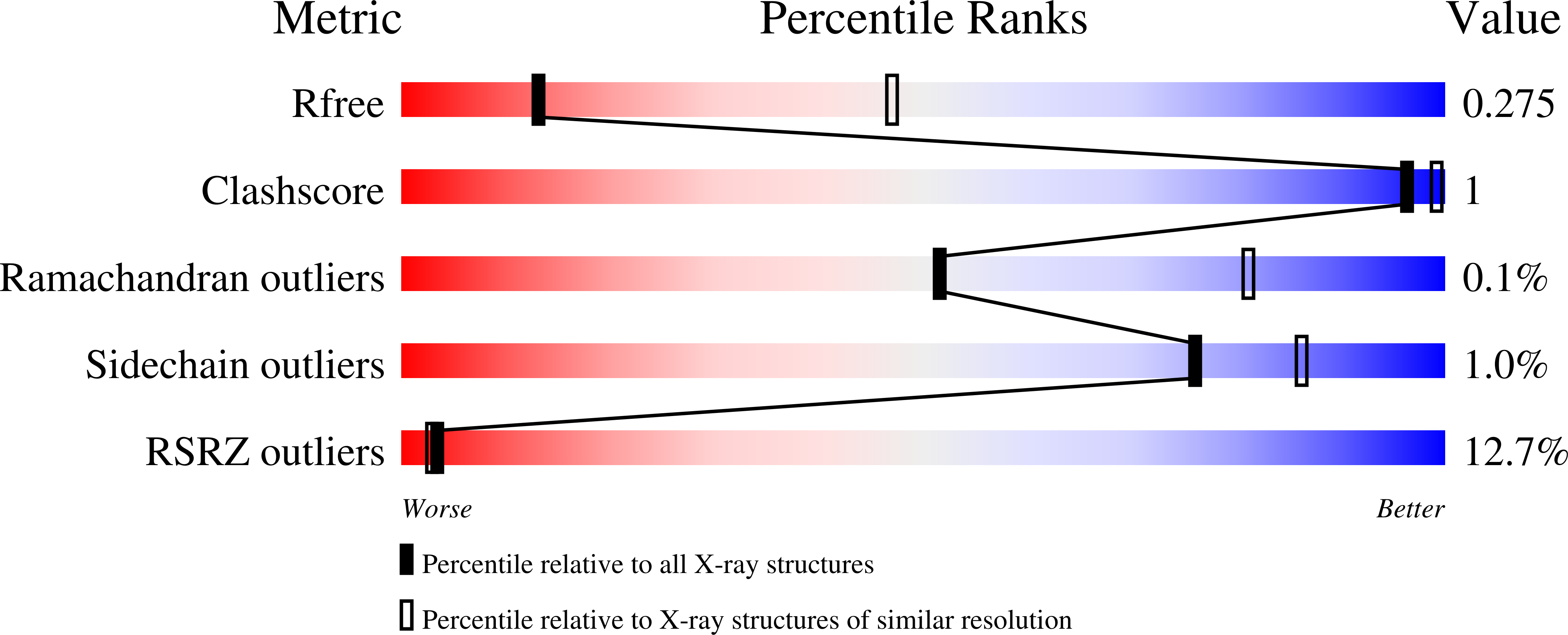
Deposition Date
2023-02-16
Release Date
2023-08-30
Last Version Date
2023-10-11
Entry Detail
PDB ID:
8CKP
Keywords:
Title:
X-ray structure of the crystallization-prone form of subfamily III haloalkane dehalogenase DhmeA from Haloferax mediterranei
Biological Source:
Source Organism:
Haloferax mediterranei (Taxon ID: 2252)
Host Organism:
Method Details:
Experimental Method:
Resolution:
3.31 Å
R-Value Free:
0.27
R-Value Work:
0.23
R-Value Observed:
0.23
Space Group:
C 2 2 21


